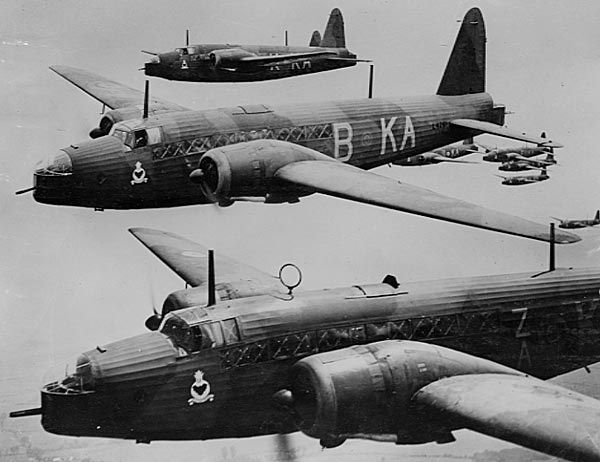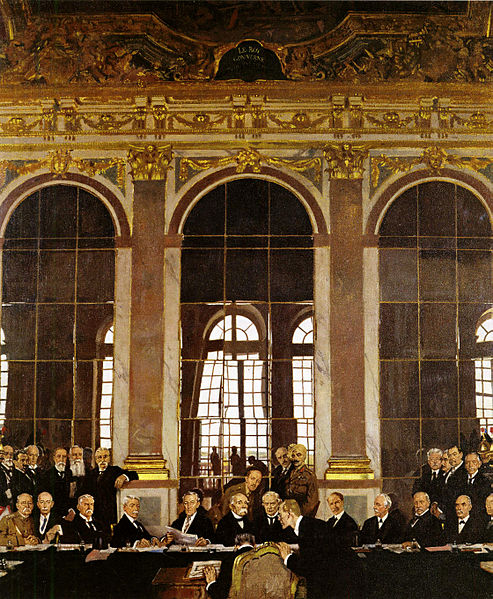Articles
- Article by Pieter Schlebaum
- Published on April 19th, 2014
Airraid on the German Navy at Wilhelmshaven, 18 December, 1939
At the outbreak of the Second World War RAF Bomber Command was composed of five Groups. The Command had four types of bomber aircraft at its disposal with which, , the whole of Germany could be reached, with the exception of the extreme eastern part of the country. Yet the role of the bomber fleet remained limited during the first year of the war. On the one side this was due to the directives with which Bomber Command had to comply. One of them was the fact that no ground targets were to be attacked. But also the antiquated bombers and the strategies rendered out of date had a large influence on the efficiency. During the first months of the war Bomber Command had to swallow some tough lessons. The most famous of those is the attack on the German Navy at Wilhelmshaven on 18 December, 1939. With a loss rate of more than 50 per cent this mission became the immediate reason for a change of strategy.
- Article by Peter Kimenai
- Published on December 4th, 2022
Battle of Rio de la Plata
Due to the limitations, imposed by the Treaty of Versailles, the number of warships to be constructed in Germany, the Kriegsmarine was far smaller than of her rivals Great Britain and France on the eve of the Second WorldWar. In order to be on somewhat equal terms with the Royal Navy and the Marine Nationale and to keep the British and French warships away from future German operations, the Germans devised a cunning tactic. As Great Britain was an island empire, she needed to import food and raw materials by sea. The French as well as the British depended on the sea lanes to maintain the economy of their colonies.
- Article by Kaj Metz
- Published on January 6th, 2023
Battle of Westerplatte
The battle of the Polish peninsula Westerplatte near the Free City of Danzig can be considered the very first battle of the Second World War. The Polish soldiers on the peninsula defended it for a week and repulsed various German attacks. Even today, the battle is still considered a symbol of resistance during the invasion and is also known as the 'Polish Verdun.'




